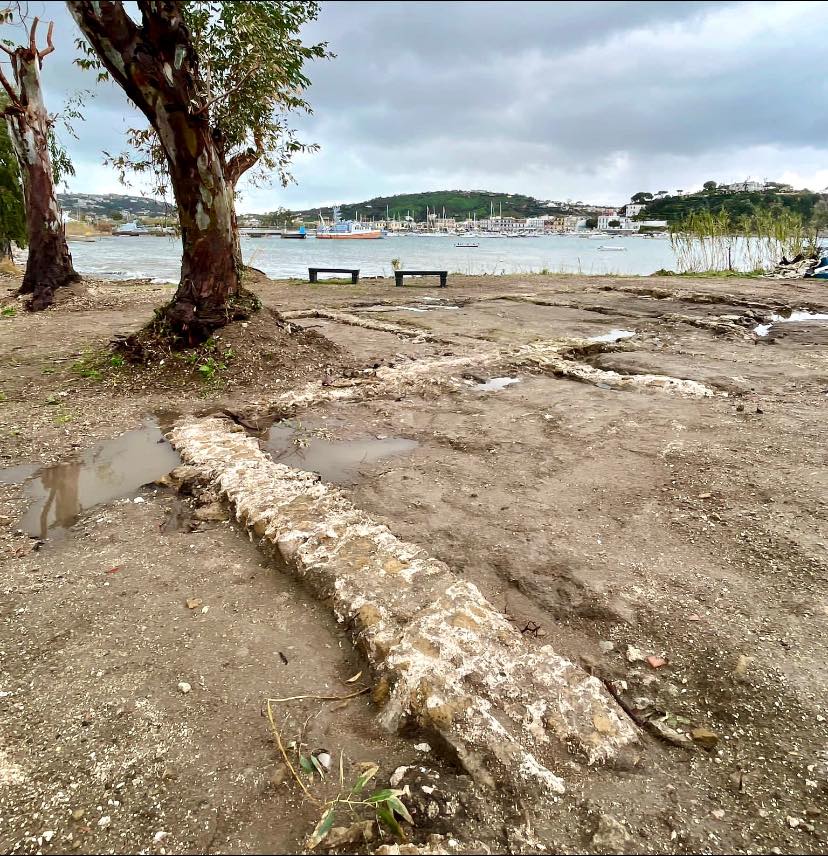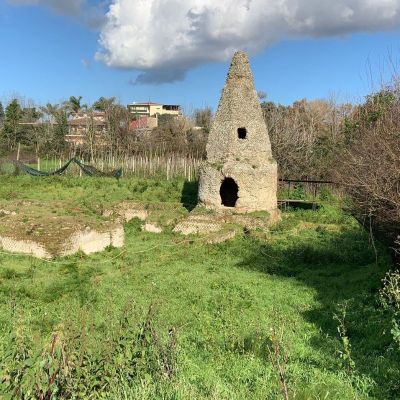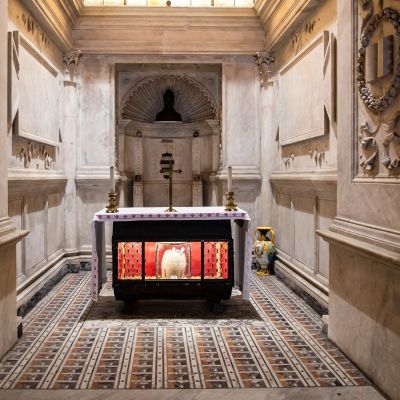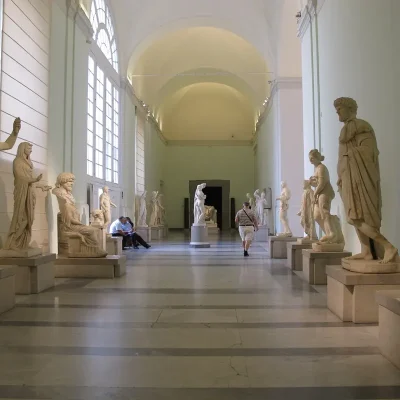A Remarkable Archaeological Discovery
Described as “an exceptional archaeological find” by the Archaeological Superintendence of Fine Arts and Landscape for the metropolitan area of Naples, the recent discovery in Bacoli is turning heads. Found amidst the construction of a new public park near Punta Sarparella, the remains of a monumental Roman villa from the Imperial era, boasting at least 10 rooms, have emerged as a wonder of the 1st century A.D.
Bacoli’s Hidden Gem
For years, this archaeological marvel lay buried under the former Lido Piranha, covered with concrete on the beach and in the sea. Thanks to the local administration’s efforts to demolish and reclaim the area, the villa’s remains have resurfaced, stretching from the beach to the sea bed.
A Glimpse into Imperial Rome
So far, about ten large rooms have been identified, along with the remains of a terrace that likely belonged to the residence of the Prefect of the Roman Tyrrhenian Fleet, the Classis Misenensis.

A Connection to History
The villa’s location on the Punta Sarparella promontory offered unparalleled views of the entire harbor basin and the Gulf. Some speculate this could be the famous villa of Pliny the Elder, from where he set off to Pompeii during the catastrophic eruption of Vesuvius. This majestic structure, located near the ancient Roman port, close to the entrance of the Misenum theater, the Collegium of the Augustales, and the city forum, stands as a testament to its time.
A Window to the Ancient World
In a few weeks, the inauguration of the public park by the sea will offer visitors a unique opportunity to admire the remains of this magnificent Roman villa, bridging the gap between past and present.
Stay tuned for this incredible journey into history, right in our beautiful Bacoli! 🏛️🌊📜





